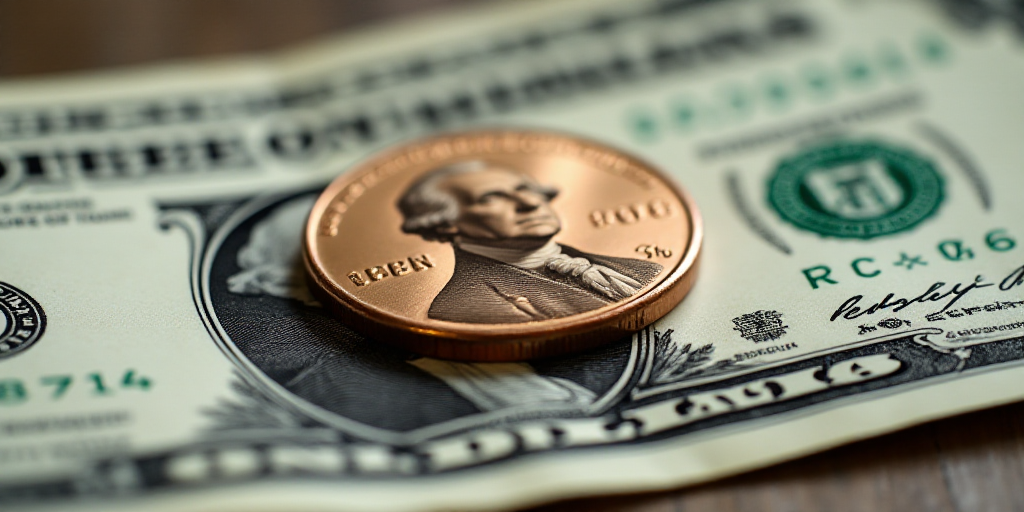Background on Key Figures and Context
The Mexican peso has been losing ground against the US dollar at the beginning of this week. This decline occurs in a cautious market environment as the deadline set by the United States for reaching trade agreements with several countries approaches on July 9.
Donald Trump, the President of the United States, has been actively involved in renegotiating trade agreements with countries such as Mexico and Canada. His administration has imposed tariffs on various goods from these countries, causing market volatility and affecting currency exchange rates.
Current Market Situation
Spot exchange rate: The Mexican peso is currently trading at 18.6796 units per dollar, marking a decrease of 4.99 centavos (0.27%) compared to the official closing rate of 18.6297 units on Friday, according to data from Banco de México (Banxico).
Dollar price range: The dollar’s movement is between a high of 18.7705 units and a low of 18.6045 units. Meanwhile, the Dollar Index (DXY), tracked by the Intercontinental Exchange, which compares the US dollar to a basket of six currencies, has increased by 0.14% to 97.32 points.
Market Reactions and Analyst Insights
On Friday, the Mexican peso reached its best level in over ten months despite the approval of a controversial tax package and spending in the United States, as markets were closed for Independence Day celebrations.
Monex, a Mexican financial services company, explained that the peso is currently affected by the reactivation of US markets, which are absorbing the implications of an expansive fiscal reform in the United States and threats of tariffs against several countries that are expected to be announced today or tomorrow.
Looking at the local scene, analysts from BBVA expect an agenda filled with significant economic information. Among the highlights is the minute of Banco de México’s (Banxico) most recent monetary policy decision, in which the bank’s governing board reduced the benchmark rate by 50 basis points for the fourth time.
“We believe that the most relevant aspects will be the board’s perspectives on economic activity, the debate among members regarding inflation, and the factors considered for convergence to the 2026 target,” BBVA analysts stated.
Key Questions and Answers
- Q: Why is the Mexican peso weakening against the US dollar?
A: The Mexican peso is weakening due to market reactivation in the United States, which is absorbing the implications of an expansive fiscal reform and threats of tariffs against several countries, including Mexico.
- Q: What is the current exchange rate between the Mexican peso and the US dollar?
A: The spot exchange rate is currently 18.6796 Mexican pesos per US dollar.
- Q: What factors are influencing the Mexican peso’s performance?
A: Key factors include the ongoing trade negotiations between the US and Mexico, the potential tariffs imposed by the US, and the recent monetary policy decision by Banco de México to reduce its benchmark rate.
- Q: What is the Dollar Index (DXY) and how does it affect the Mexican peso?
A: The Dollar Index (DXY) is a measure of the US dollar’s strength against a basket of six major currencies. An increase in the DXY indicates a stronger US dollar, which can negatively impact the Mexican peso.
- Q: What are analysts’ expectations for the Mexican economy and monetary policy?
A: Analysts from BBVA expect important economic information, including insights into the governing board’s perspectives on economic activity, debates on inflation, and factors considered for convergence to the 2026 target.






